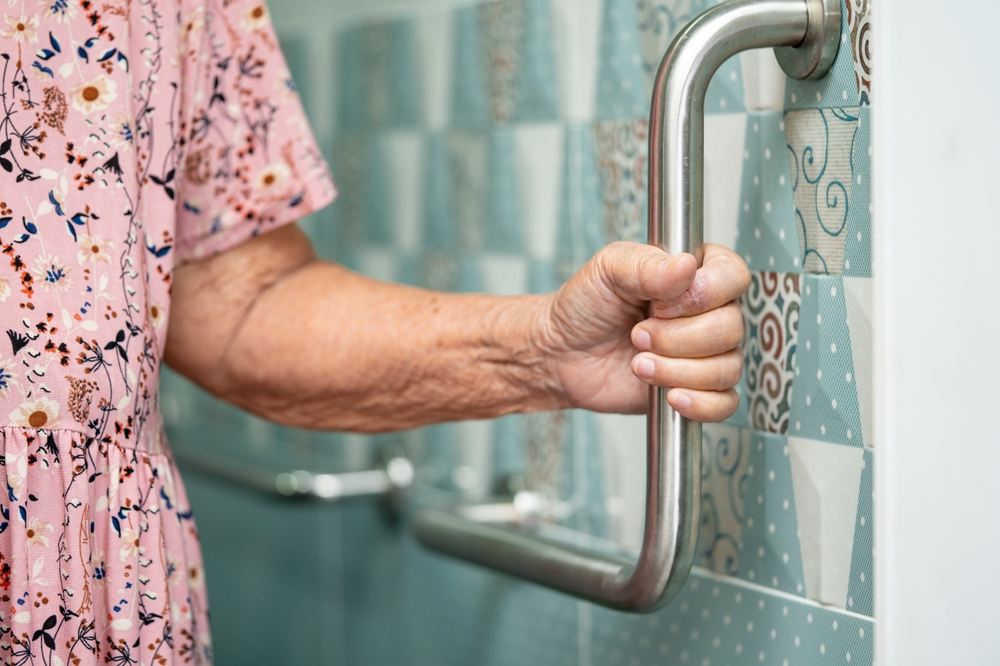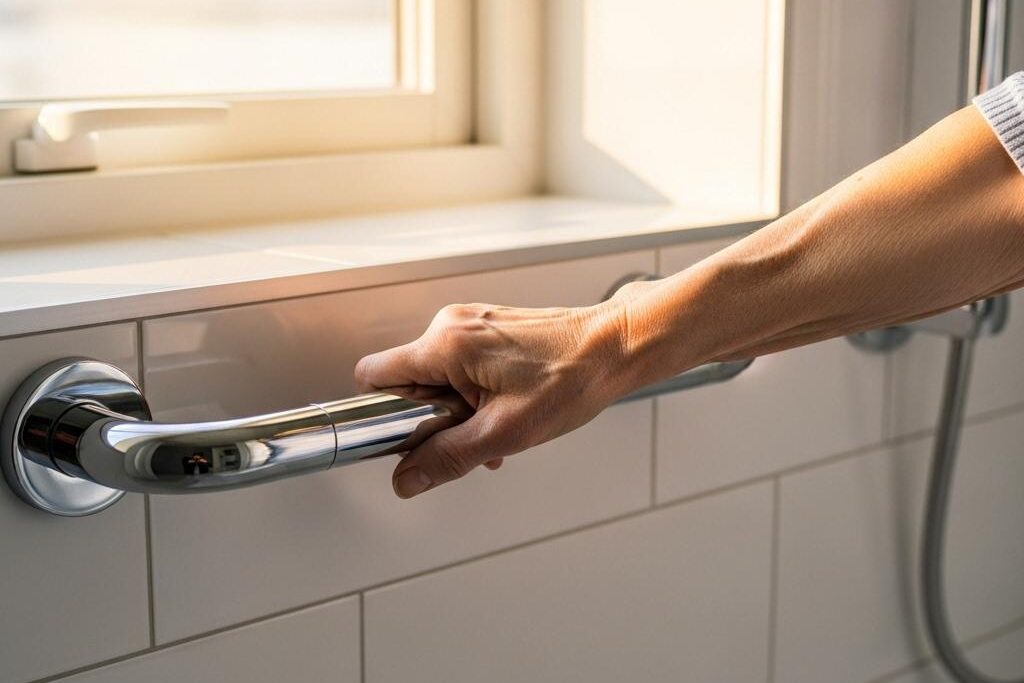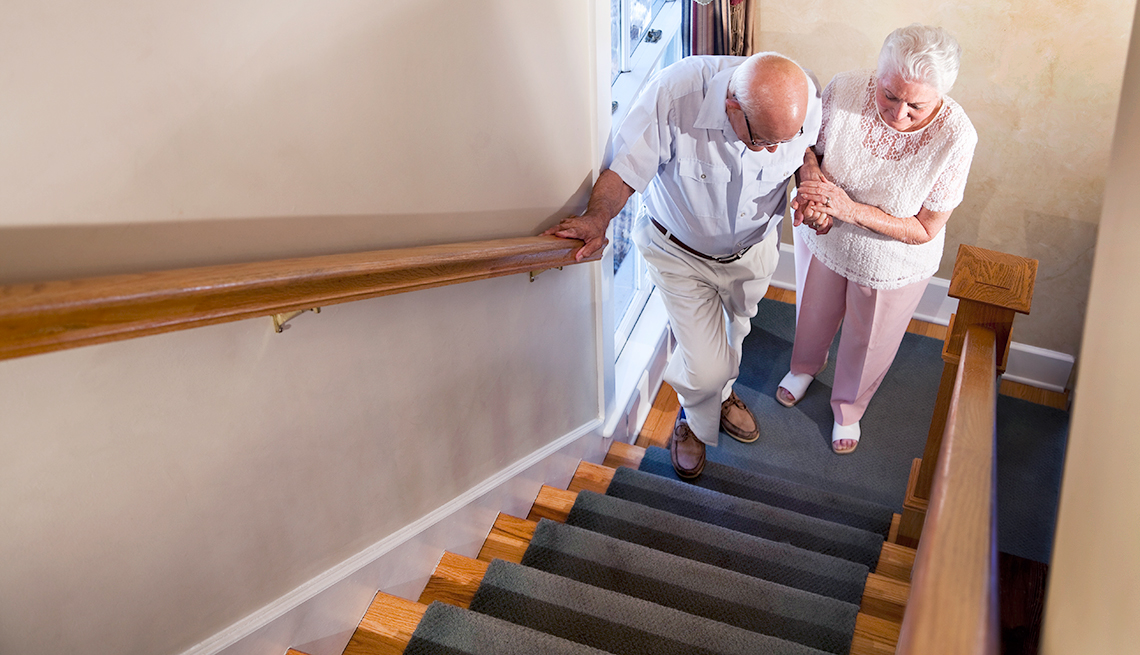Home hazards for elderly individuals are a significant concern as they may lead to injuries or accidents that can impact their quality of life. Understanding these risks and implementing preventive measures is crucial to ensuring the safety and well-being of our aging loved ones. In this comprehensive guide, we will explore the common dangers present in homes and provide practical solutions to mitigate them.

Understanding the Importance of Home Safety for Seniors
As individuals age, they become more susceptible to injuries due to various factors such as reduced mobility, impaired vision, and slower reflexes. This makes them more vulnerable to home hazards, which can lead to falls, burns, and other injuries. Ensuring a safe living environment is essential to help seniors maintain their independence and quality of life.
Common Home Hazards for Elderly
Identifying potential dangers within the home is the first step in preventing accidents. Here are some of the most common home hazards that seniors may encounter:
Slips, Trips, and Falls
Falls are the leading cause of injury among elderly individuals. Uneven floors, loose rugs, and cluttered pathways can increase the risk of falls. Installing threshold ramps and ensuring clear walkways can significantly reduce this risk.
Bathroom Dangers
The bathroom is a high-risk area for seniors due to slippery surfaces and the need to navigate the space. Utilizing shower chairs and non-slip mats can help prevent accidents. Additionally, installing grab bars can provide extra support.
Kitchen Hazards
In the kitchen, sharp objects, hot surfaces, and heavy appliances pose a threat. Seniors should use appliances with safety features and store items within easy reach to prevent unnecessary strain or injury.
Fire Safety Concerns
Fire hazards can arise from unattended cooking, faulty electrical wiring, or improper use of heating devices. Installing smoke detectors and ensuring they are functional can help mitigate this risk.
Lighting and Visibility Issues
Poor lighting can contribute to falls and other accidents. Ensuring adequate lighting in all areas, particularly in stairways and entryways, is essential for safety.
Preventive Measures for a Safer Home
Implementing preventive measures can significantly reduce the risk of accidents in the home. Here are some strategies to consider:
Conducting a Home Safety Assessment
Conducting a thorough assessment of the home can help identify potential hazards. Family members or professional assessors can evaluate the space and recommend necessary changes.
Installing Safety Devices
Safety devices such as handrails, grab bars, and non-slip mats can be installed in high-risk areas to provide additional support and prevent accidents.
Ensuring Proper Lighting
Improving lighting in the home can enhance visibility and reduce the risk of falls. Motion-sensor lights are a great option for entryways and hallways.
Using Technology for Safety
Technology can offer innovative solutions for senior safety. Devices like fall detection systems can alert caregivers to potential accidents without compromising privacy.
Educating Seniors and Caregivers
Education is key to preventing accidents. Seniors and their caregivers should be informed about potential hazards and the importance of safety measures.
Creating a Safe Living Environment
Creating a safe living environment involves both physical modifications and fostering awareness among seniors and caregivers. By addressing potential hazards and implementing preventive measures, we can help our loved ones live safely and comfortably in their homes.
Resources for Elderly Home Safety
Many resources are available to assist in creating a safer home environment for seniors. Organizations, websites, and professionals can provide valuable information and support. For further guidance, consider visiting this resource for tips on senior-proofing the home.
Conclusion
Ensuring the safety of elderly individuals in their homes is a shared responsibility. By recognizing and addressing home hazards, we can create a secure environment that promotes independence and well-being. Through simple modifications and awareness, we can make a significant difference in the lives of our aging loved ones.

FAQs on Home Hazards for Elderly
What are the most common home hazards for elderly?
Common hazards include falls due to slippery floors, poor lighting, and obstacles like loose rugs. Fire hazards and bathroom accidents are also prevalent.
How can I make my bathroom safer for an elderly person?
Install grab bars, use non-slip mats, and consider a shower chair to reduce the risk of slipping.
What technology can help improve home safety for seniors?
Consider using fall detection systems, smart lighting, and security devices to enhance safety without compromising privacy.
This article contains affiliate links. We may earn a commission at no extra cost to you.






